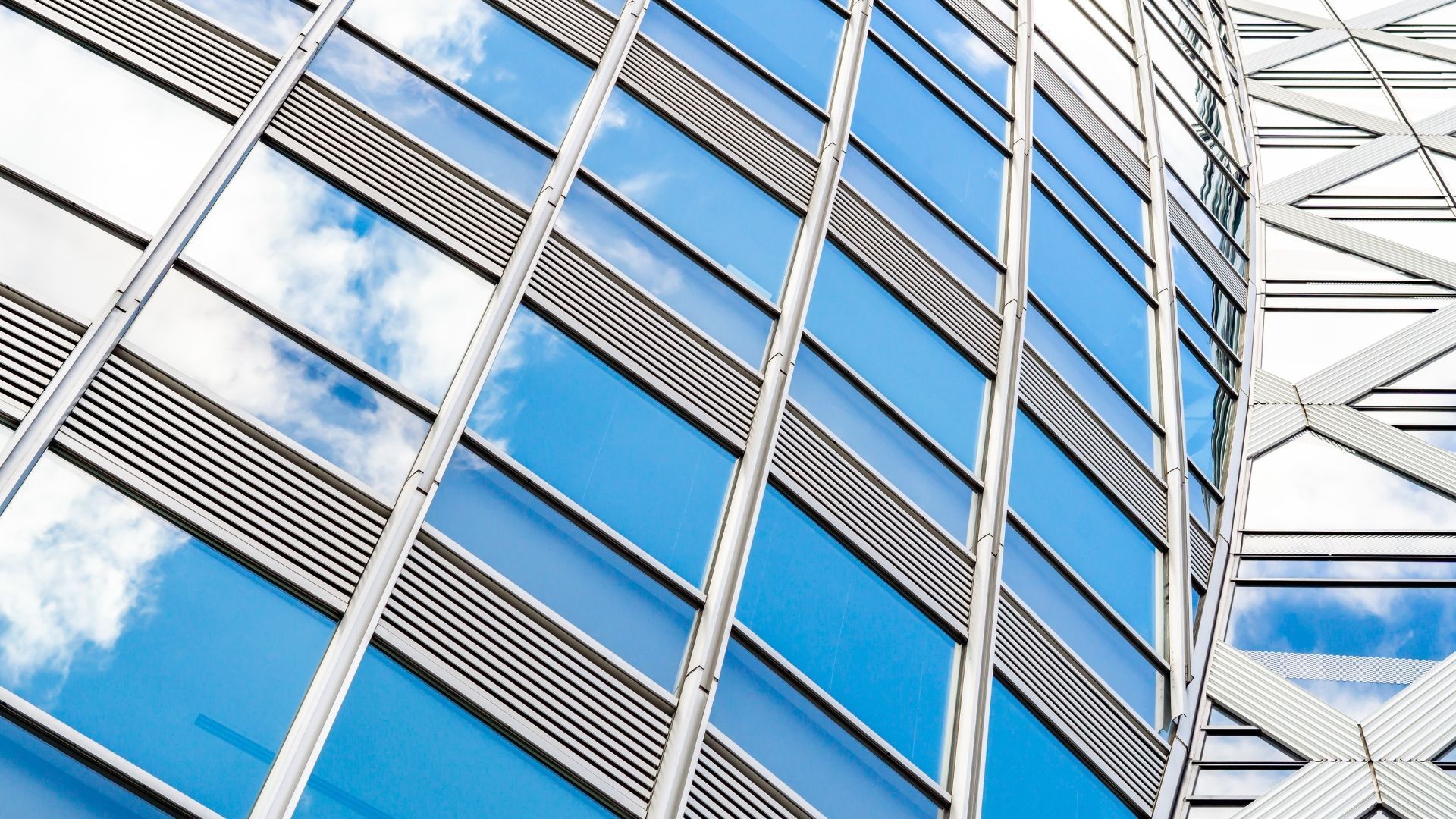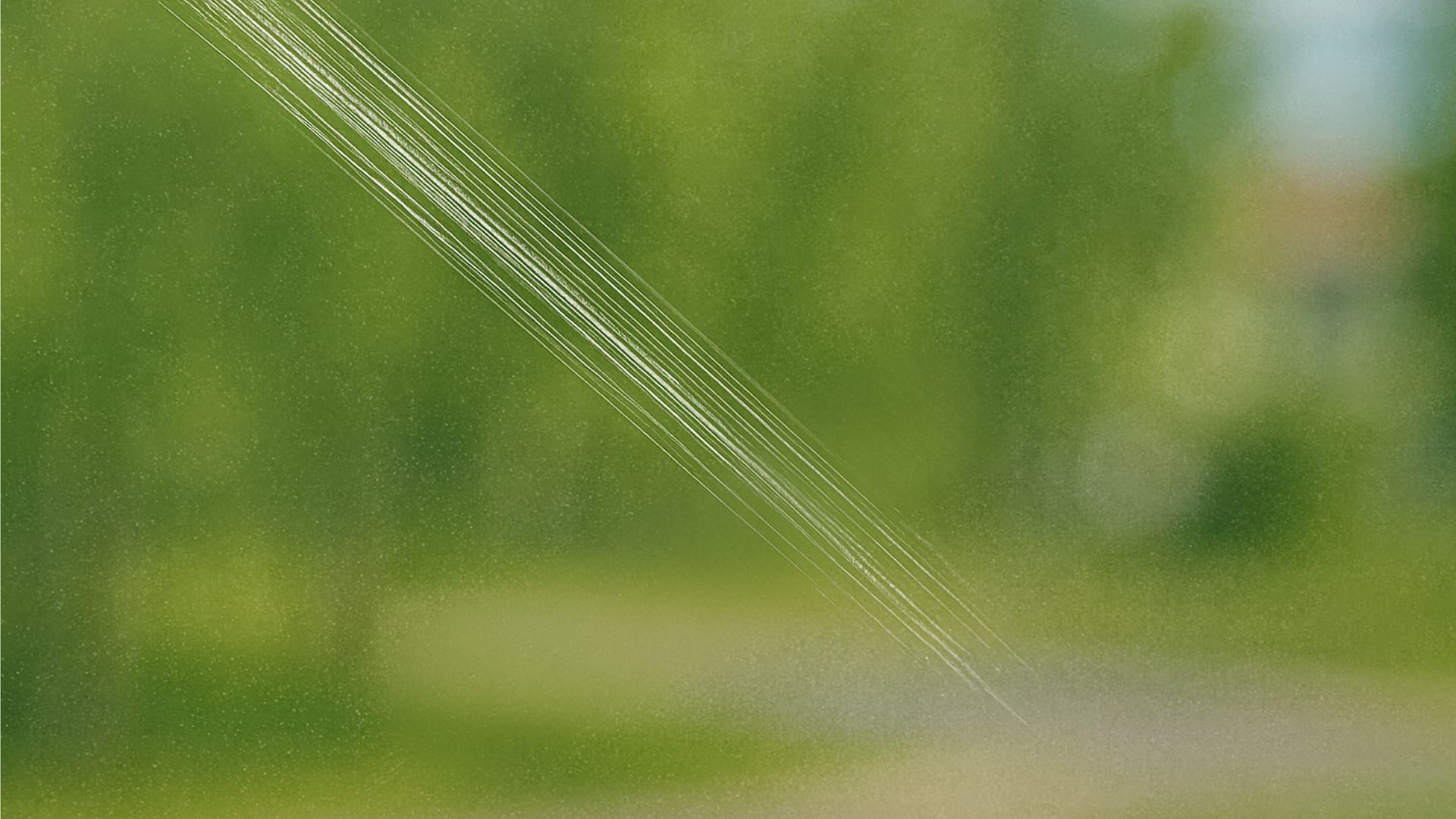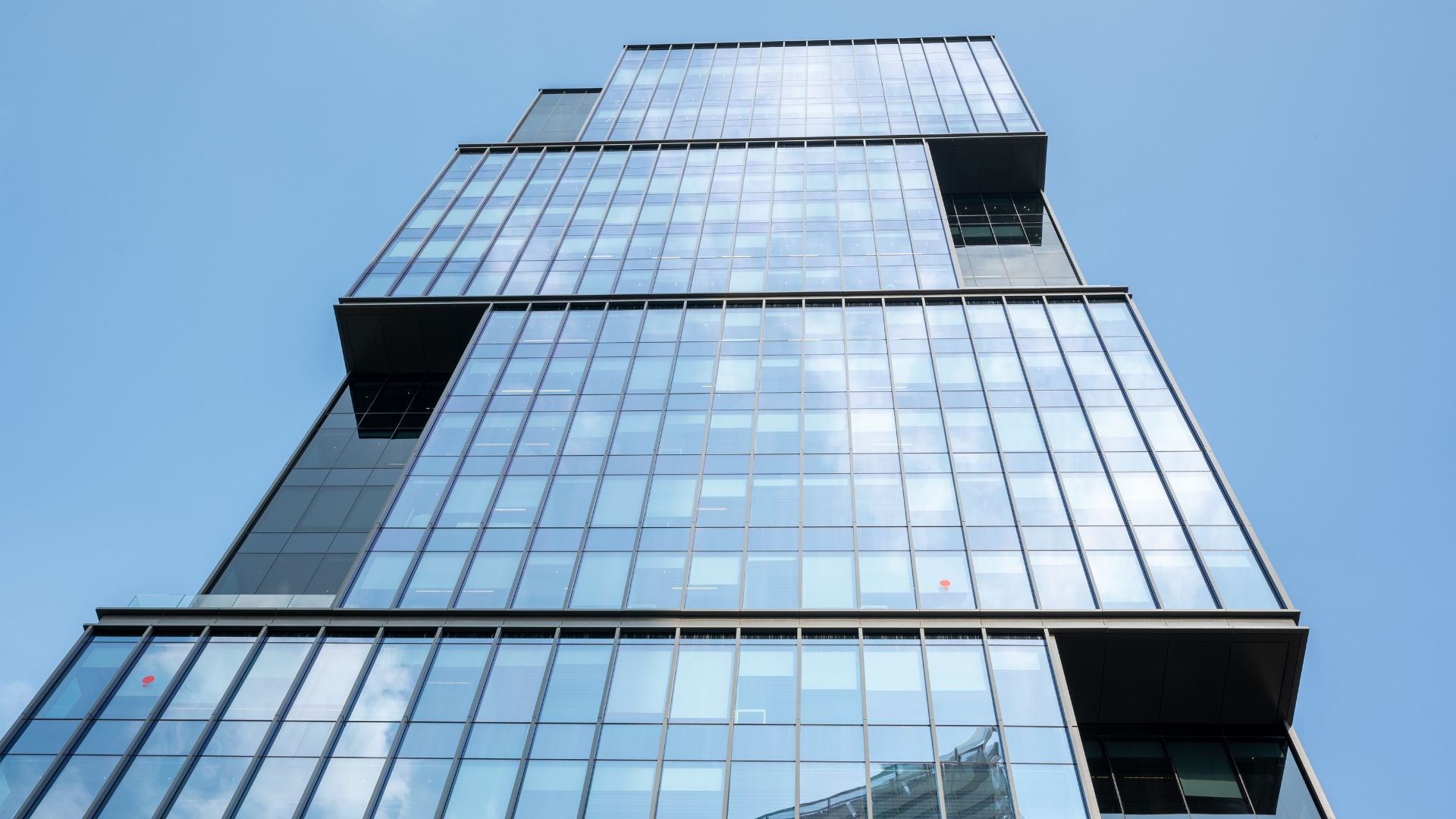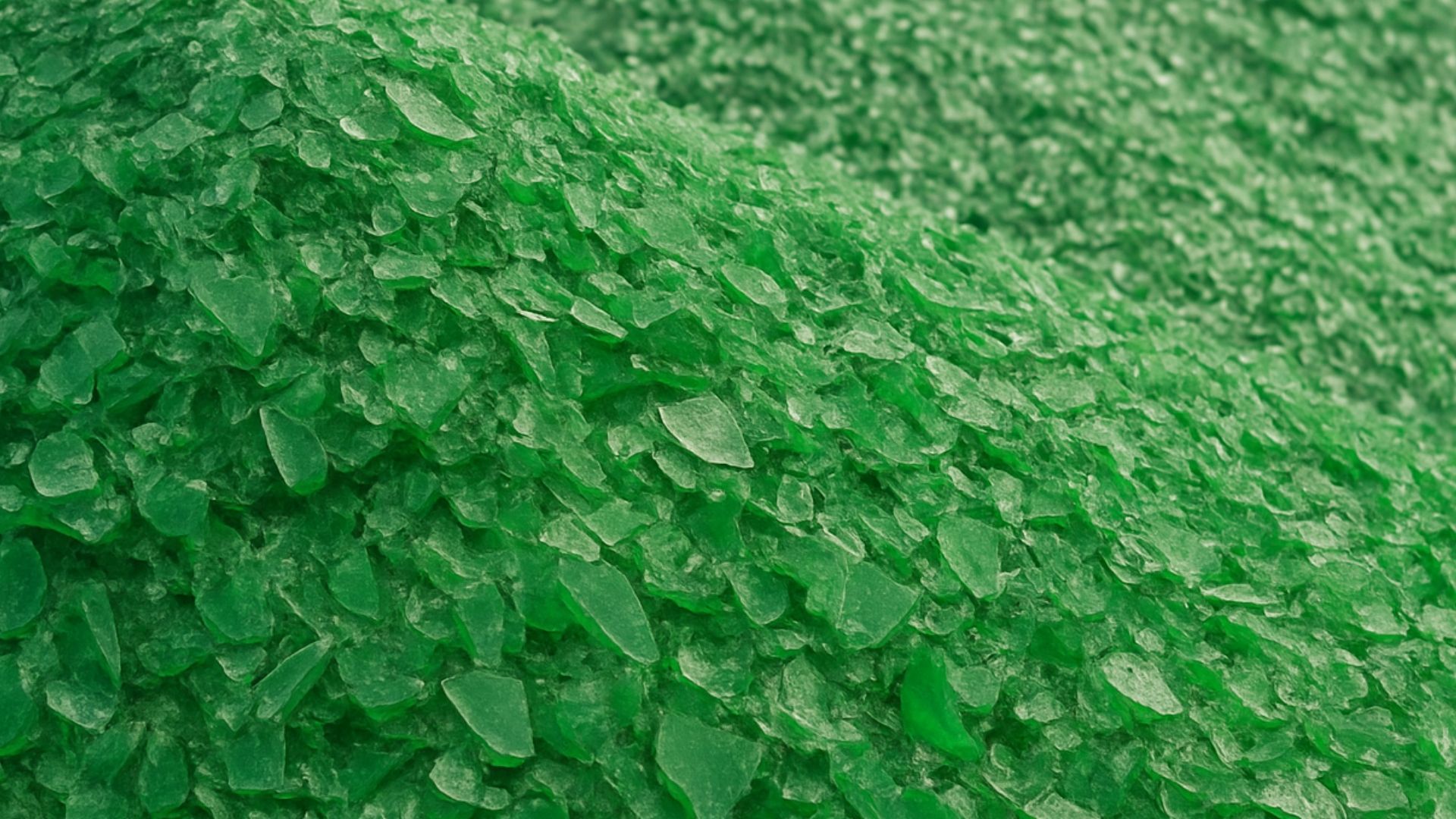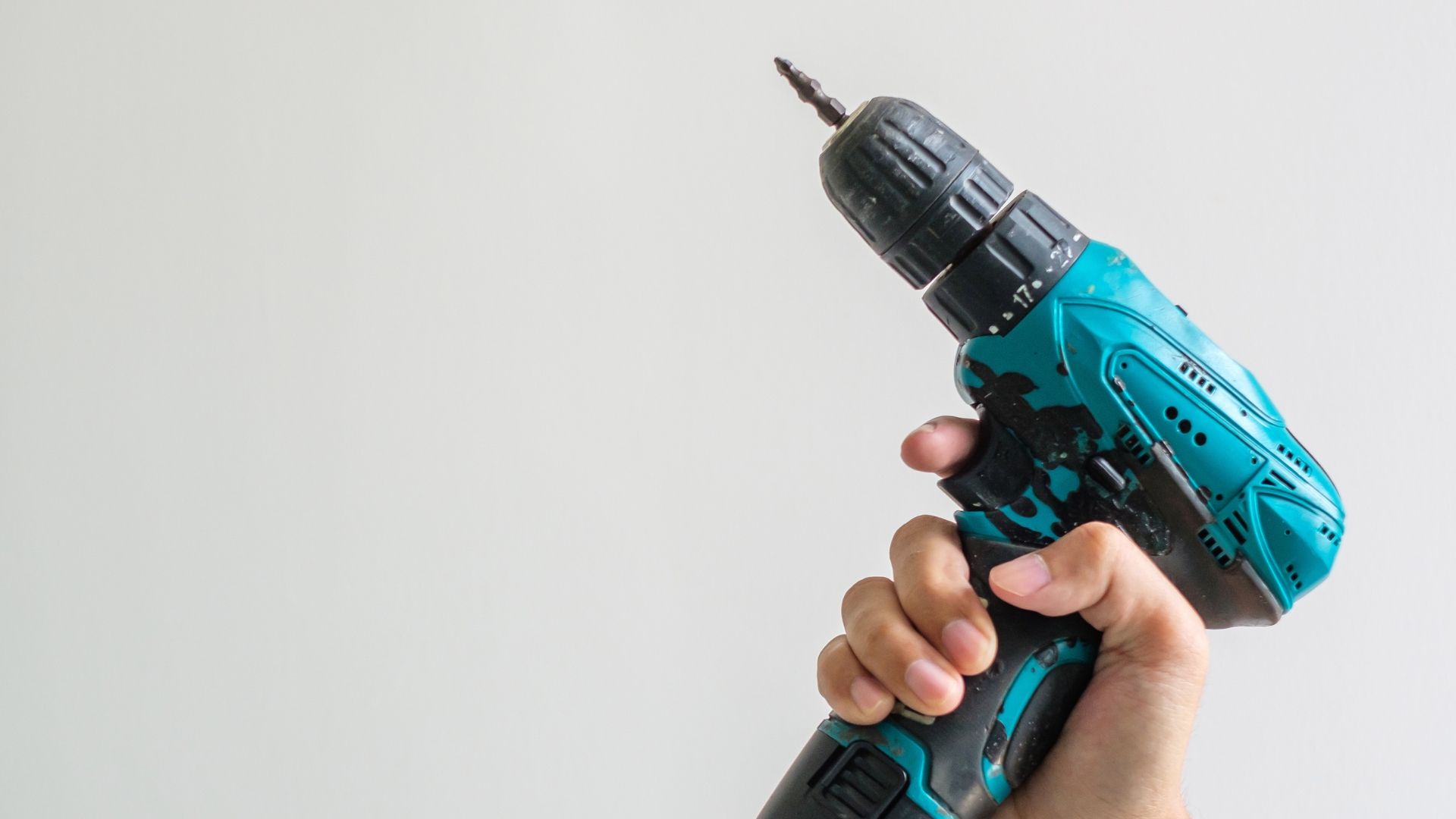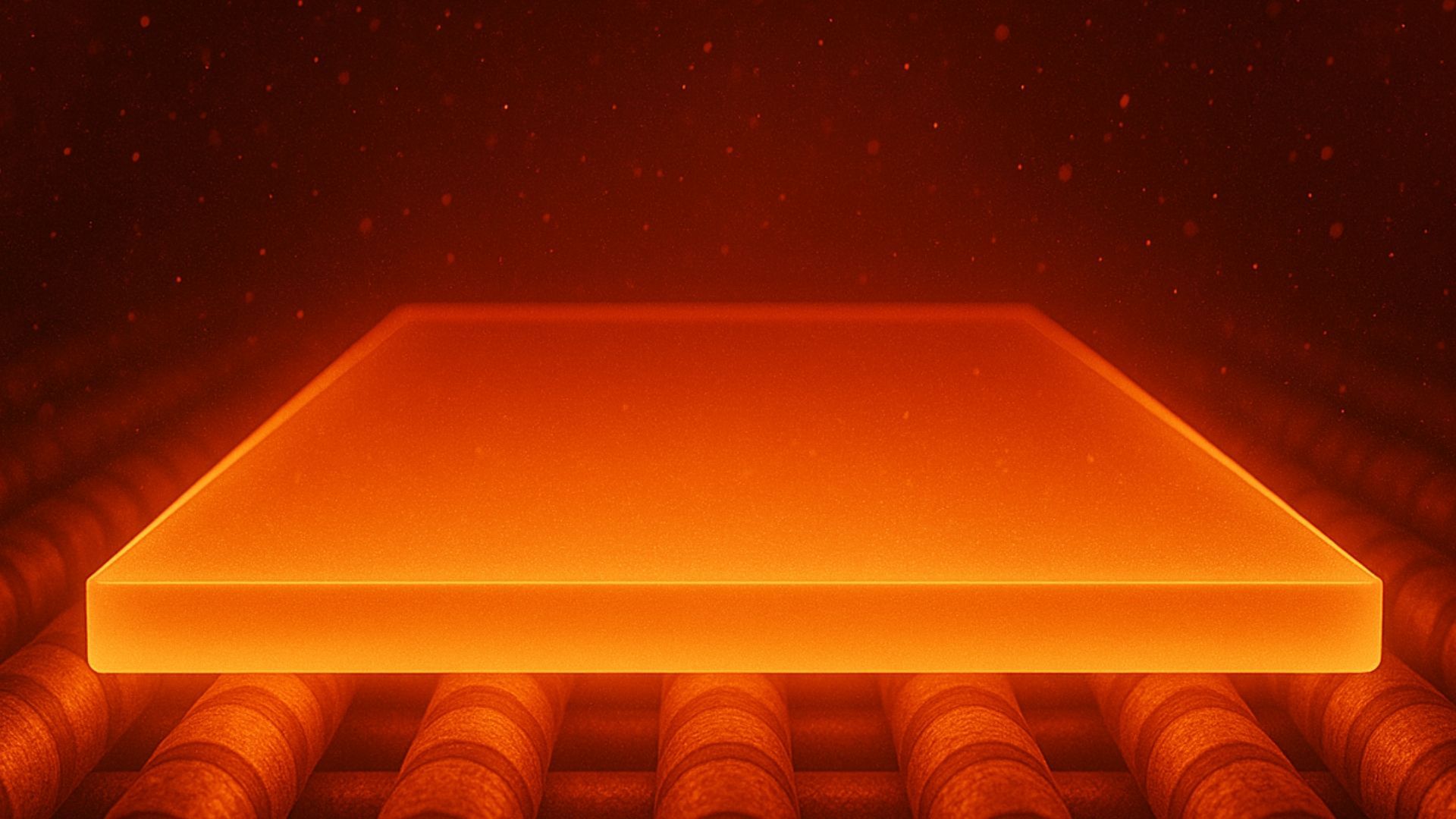कांच के कटघरों के लिए सर्वोत्तम अभ्यास और निर्माण नियम
Share this blog:
ग्लास बेलस्ट्रेड स्थापनाओं को सख्ती से विनियमित किया जाता है। पता लगाएं कि अनुपालन, सुरक्षा और सर्वोत्तम अभ्यास सुनिश्चित करने के लिए इंस्टॉलरों को किन बातों का ध्यान रखना चाहिए।
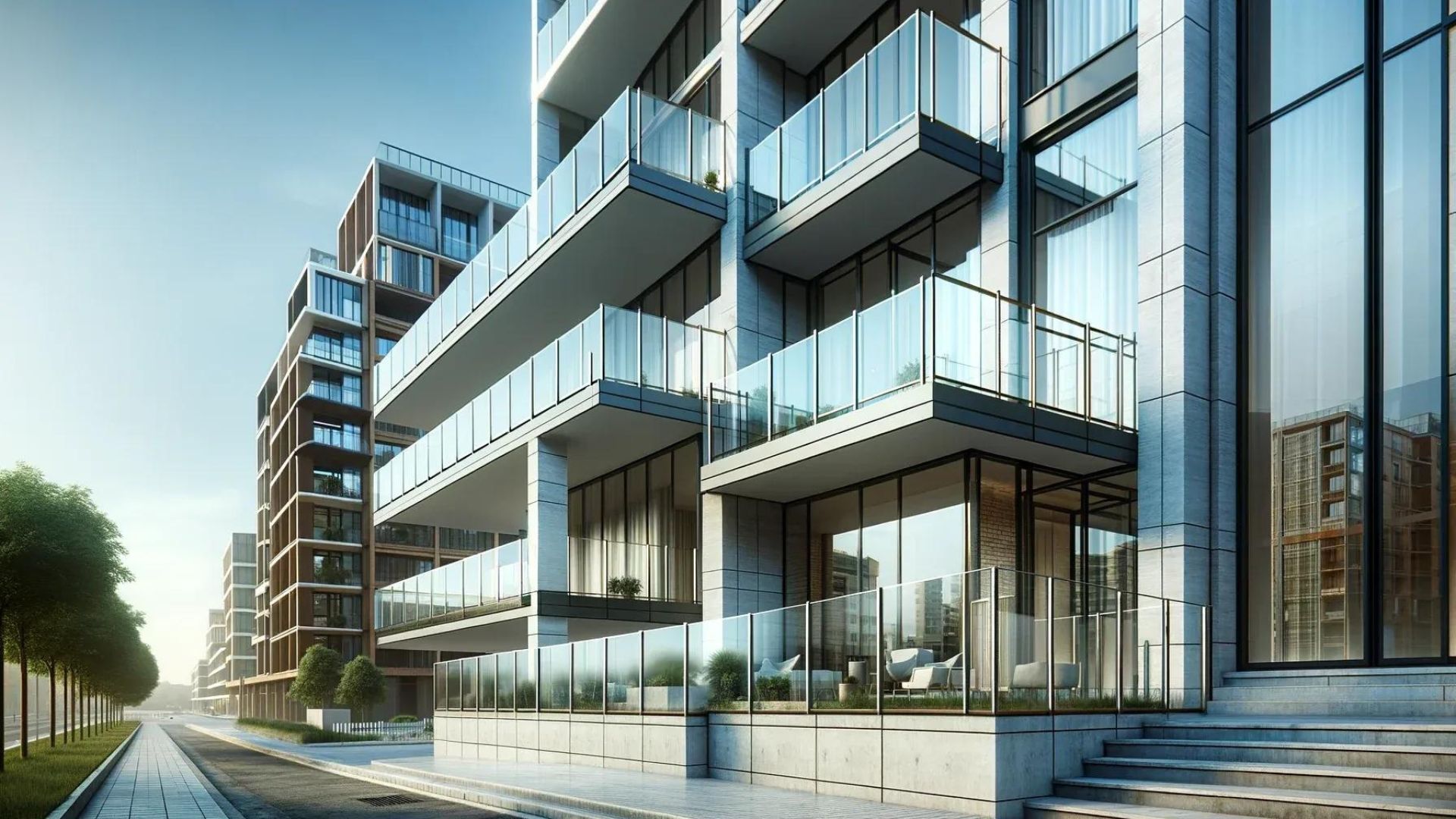
पिछले कुछ सालों में, कांच के बने बालस्ट्रेड संरचनात्मक ग्लेज़िंग का एक मुख्य हिस्सा बन गए हैं। लेकिन सभी तरह के आर्किटेक्चरल ग्लास की तरह, सुरक्षा और सर्वोत्तम प्रथाओं को सुनिश्चित करने के लिए उन्हें सख्ती से विनियमित किया जाता है।
बालस्ट्रेड स्थापित करने वालों को तीन बातों को ध्यान में रखना चाहिए:
- प्रयुक्त ग्लास का प्रकार
- ग्लास इनफिल पैनलों के लिए प्रयुक्त फिक्सिंग
- शामिल भार का वजन
ये सभी आधिकारिक भवन विनियमों और अनुमोदित दस्तावेजों द्वारा कवर किए गए हैं।
इससे पहले कि हम इन विनियमों पर करीब से नज़र डालें, कुछ बातों पर ध्यान देना ज़रूरी है। सबसे पहले, यह लेख एक गाइड है कि आपको क्या विचार करना चाहिए - यह आधिकारिक सलाह नहीं है। और दूसरा, बाहरी आवासीय बालकनियों में लेमिनेटेड ग्लास लगाते समय अतिरिक्त मानक लागू हो सकते हैं।
सभी उपयुक्त दस्तावेज़ ऑनलाइन उपलब्ध हैं। इस लेख का उद्देश्य केवल आपको सही दिशा दिखाना है। हमें उम्मीद है कि यह आपको काम के लिए सबसे अच्छा ग्लास खोजने और उसे स्थापित करने में मदद करेगा।
क्या आप सही प्रकार का ग्लास उपयोग कर रहे हैं?
सबसे पहले, बालस्ट्रेड की स्थापना के लिए सही प्रकार की सामग्री का उपयोग करना अत्यंत महत्वपूर्ण है - विशेष रूप से सार्वजनिक स्थानों पर।
कांच सुरक्षा ग्लास होना चाहिए। अगर यह गिर जाए, तो क्या यह टूट जाएगा? अगर ऐसा है, तो आपको कुछ ज़्यादा मज़बूत चाहिए। कांच के रेलिंग को मज़बूत या लेमिनेटेड ग्लास से बनाया जाना चाहिए, जिससे दुर्घटना की स्थिति में चोट न लगे। यह फिक्सिंग में किसी गड़बड़ी के कारण हो सकता है - यही एक कारण है कि उपयुक्त फिक्सिंग ज़रूरी है।
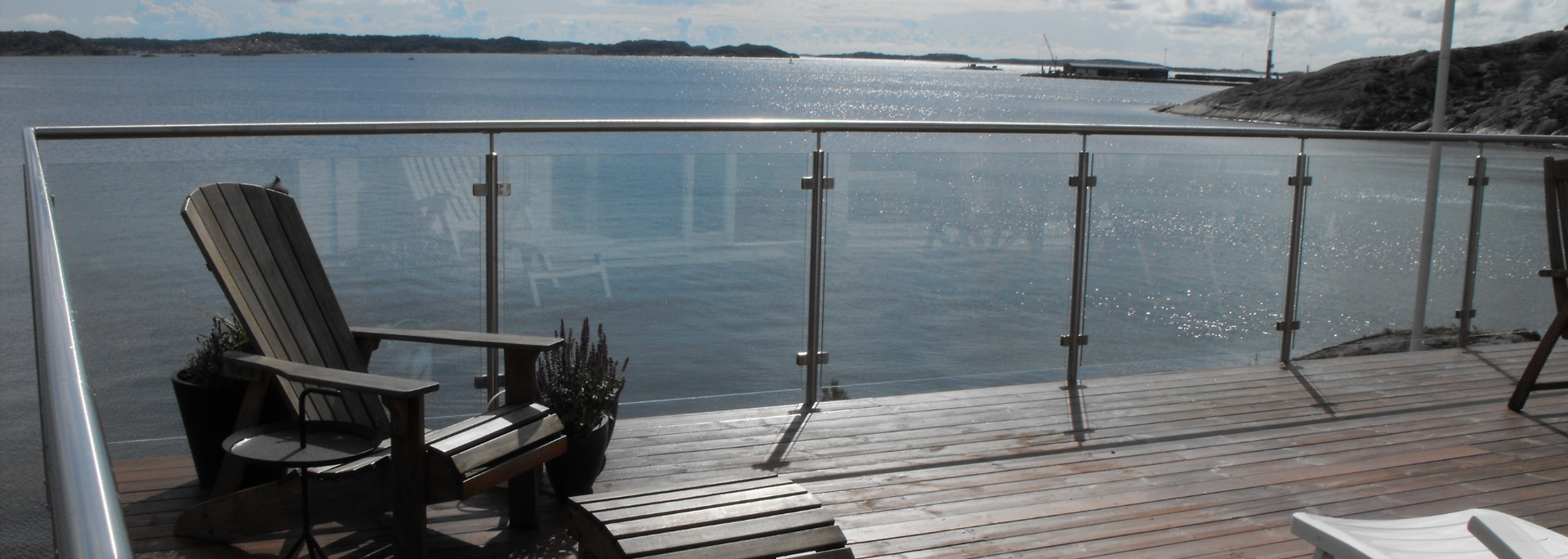
अगर रेलिंग फ्रेमलेस है, तो कांच को मजबूत ग्लास का उपयोग करके लैमिनेट किया जाना चाहिए। जिनके पास आसपास के फ्रेम हैं, उनके पास अधिक विकल्प हैं - लेकिन सुरक्षा सुनिश्चित करने के लिए इन्हें अभी भी विनियमित किया जाता है।
The exact type of material you should use is covered in
Regulation 7, as well as Approved Documents parts
A1,
K2 and K4.
सामग्री
ग्लास इनफिल पैनल को सही संख्या में फिक्सिंग के साथ फिट किया जाना चाहिए और इन फिक्सिंग को सटीक रूप से लगाया जाना चाहिए। ग्लास से संबंधित कई बिल्डिंग विनियमों की तरह, हम मिलीमीटर के मामले की बात कर रहे हैं। सभी विवरण बीएस 6180:2011 में उपलब्ध हैं।
भार
Glass balustrades are protective barriers – they need to be able to withstand certain loads. These load requirements are set out in BS 6180:2011 and in the EN
Eurocodes. They cover line loads, uniformly distributed loads and concentrated loads.
बच्चों के जाने वाले क्षेत्रों में कांच के रेलिंग के लिए भी एक विशेष विनियमन है। इस मामले में, 100-मिलीमीटर का गोला स्थापना के किसी भी दो कांच के पैनलों के बीच से गुजरने में सक्षम नहीं होना चाहिए।
ऊंचाई
The height of a glass balustrade is dictated by
Approved Document K. This is to make sure that the finished glazing is enough of a barrier. The measurements are based on what the balustrade will be used for and the level of traffic that's expected.
निजी आवासीय भवनों का उदाहरण लें तो, बालकनी पर रेलिंग, लैंडिंग पर रेलिंग से अधिक ऊंची होनी चाहिए।
आवासीय संपत्तियों के लिए ऊंचाई की आवश्यकताएं वाणिज्यिक, असेंबली और खुदरा स्थानों के लिए अलग-अलग होती हैं।
हैंडरेल्स
When designing a glass balustrade, architects will often ask whether you want a continuous handrail. This raises the question of whether the handrail
needs to be continuous or whether it's a question of taste.
इसका उत्तर यह है कि यह कोई अनिवार्यता नहीं है, यहां तक कि फ्रेम रहित स्थापना में भी, जब तक आप लैमिनेटेड कठोर ग्लास विनिर्देश का उपयोग करते हैं, जो पैनल के खराब हो जाने पर भी अपनी जगह पर बना रहेगा।
आवश्यक दस्तावेज क्या हैं?
यहां ग्लास बालस्ट्रेड स्थापना के लिए आवश्यक दस्तावेजों की सूची दी गई है।
- बीएस 6180:2011 इमारतों में और उनके आसपास की बाधाएं – आचार संहिता
- बीएस 6262-4: भवन के लिए ग्लेज़िंग – भाग 4: मानव प्रभाव से संबंधित सुरक्षा – सुरक्षा संहिता
- बीएस 6262-6: भवन के लिए ग्लेज़िंग – भाग 6: विशेष अनुप्रयोगों के लिए अभ्यास संहिता।
- भवन विनियम अनुमोदित दस्तावेज़ B1
- भवन विनियम अनुमोदित दस्तावेज़ K
- EN 12600 इमारत में कांच - पेंडुलम परीक्षण। यह वह मानक है जो इमारतों में इस्तेमाल किए जाने वाले कांच के लिए प्रभाव परीक्षण विधि को निर्दिष्ट करता है
- यूरोकोड EN 1991-1-1 भाग 1-1 सामान्य क्रियाएँ – घनत्व, स्व-भार और आरोपित भार
- यूरोकोड EN 1991-1-4 भाग 1-4 सामान्य क्रियाएँ – पवन क्रियाएँ
यदि आपको इन दस्तावेजों में उत्तर नहीं मिलता है, तो संभवतः इसका अस्तित्व ही नहीं है!
Why choose ToughGlaze?
At ToughGlaze, we provide top-of-the-range
glass for balustrades. Our high-end CNC machine can profile, drill and polish toughened laminated glass that's both elegant and durable.
Our mission is to be able to meet your requirements without hesitation. This mission can be seen in our design options. If your balustrade needs a logo or other design, we can make it happen with
screen printing,
digital printing or
sandblasting. You can choose from the standard RAL colour palette to create almost limitless combinations. We also offer a choice of
fabric,
mesh and
coloured glass interlayers.
इन विविध डिजाइन विकल्पों का मतलब है कि आप बालस्ट्रेड ग्लास के लिए हम पर भरोसा कर सकते हैं जो ग्राहकों की आवश्यकताओं को पूरा करेगा और किसी भी परिसर के साथ सहजता से मिश्रित हो जाएगा।
But it's not all about looks. You also need to be confident that your materials are robust. That's why all our
balustrade glass has the Kitemark stamp of approval and is in line with BS 6180 regulations.
हम प्रसंस्करण, कटाई और सामग्री की डिलीवरी के लिए वन-स्टॉप शॉप हैं - और इस क्षेत्र में 30 वर्षों के अनुभव के साथ, आप जानते हैं कि हम आपको सामान दे सकते हैं।
Conclusion
स्ट्रक्चरल ग्लेज़िंग किसी भी इमारत को काफी हद तक बेहतर बना सकती है। लेकिन सुरक्षा सुनिश्चित करने के लिए, इसे कई तरह के नियमों का पालन करना होगा। यदि आप इंस्टॉलर हैं, तो आपको यह सुनिश्चित करना होगा कि आप अद्यतित हैं और लूप में हैं। विकल्प आपके ग्राहकों की सुरक्षा को जोखिम में डालना है।
You should always invest in high-quality materials – something that we at ToughGlaze provide as standard. If you're looking for balustrade glass,
get in touch. We'd love to talk you through your options.
